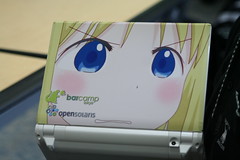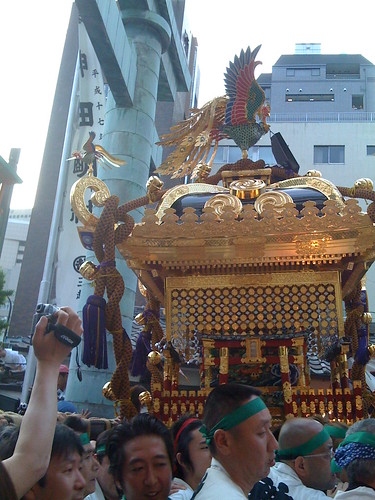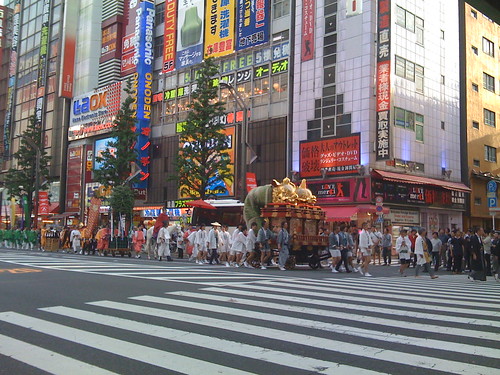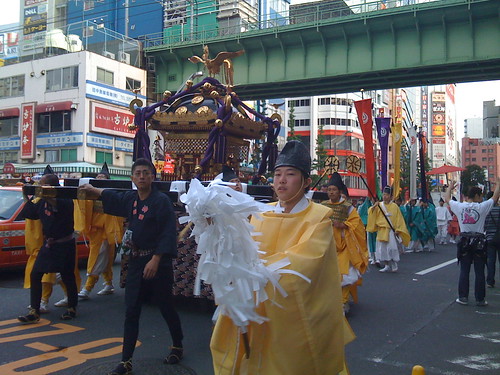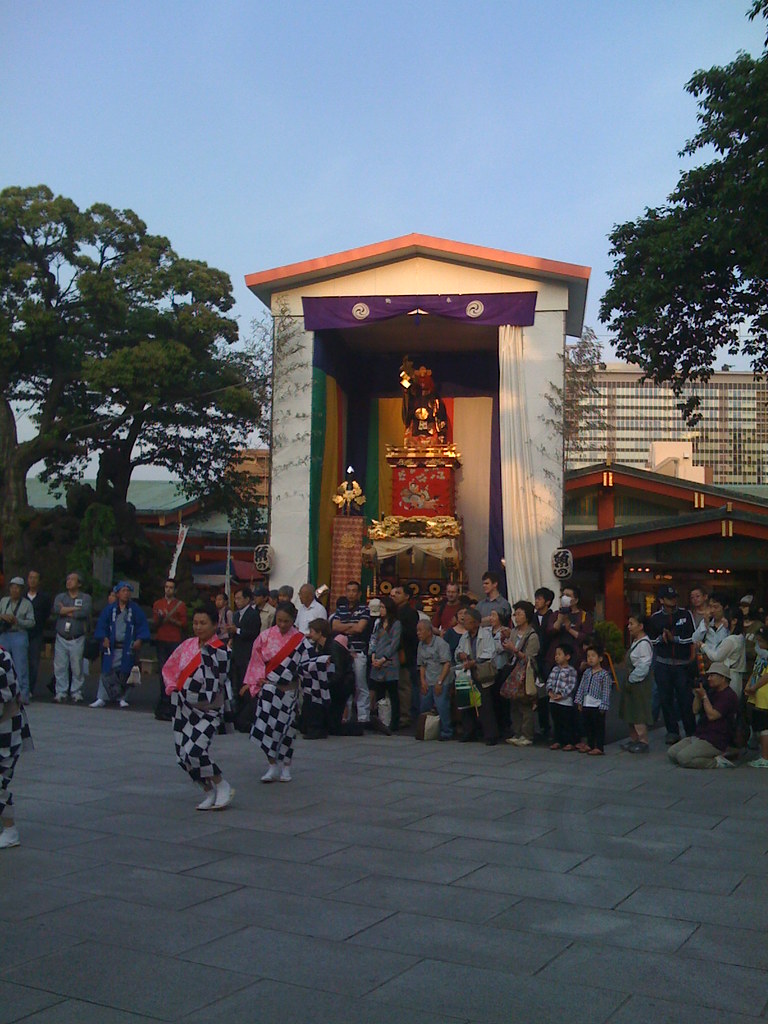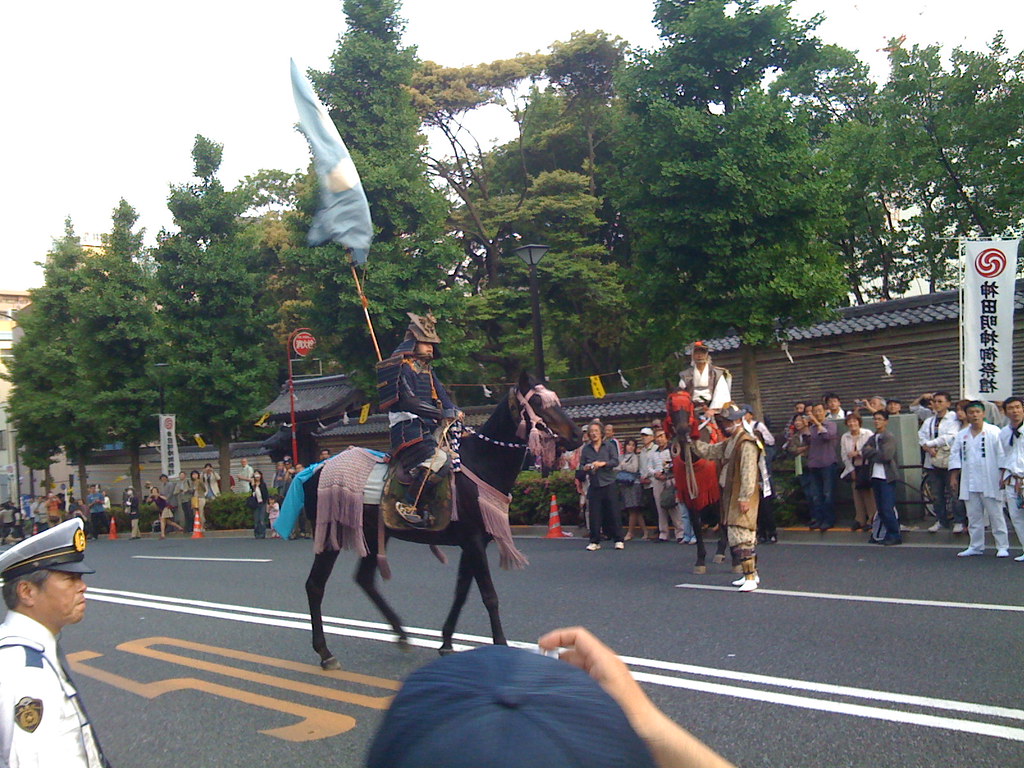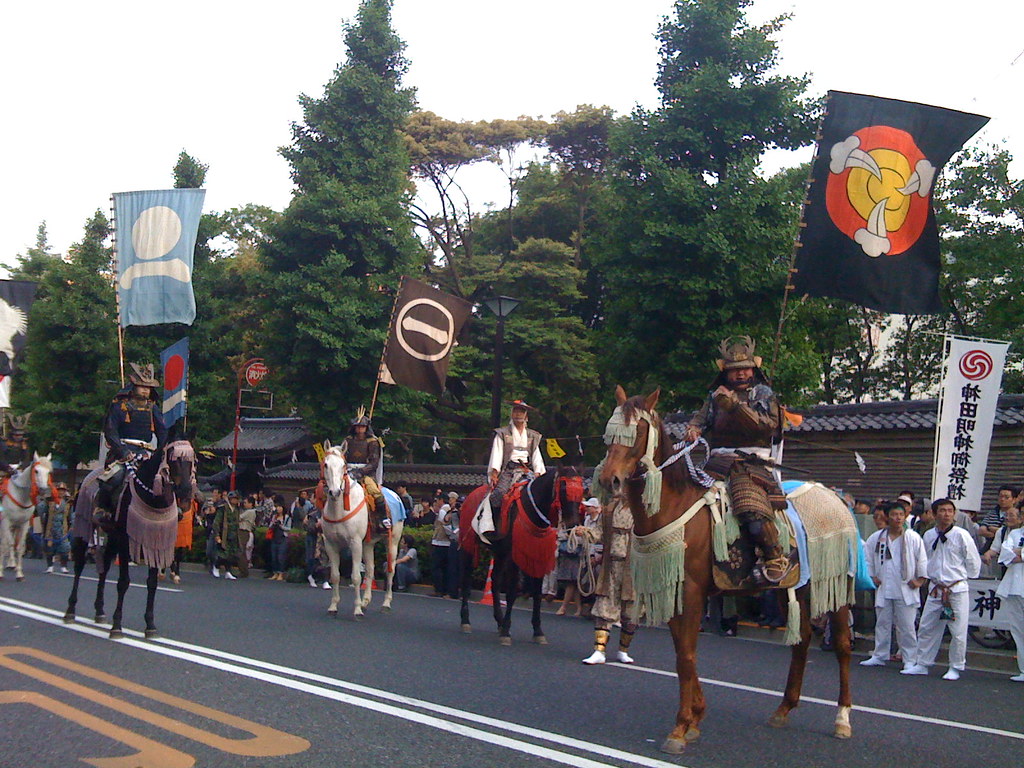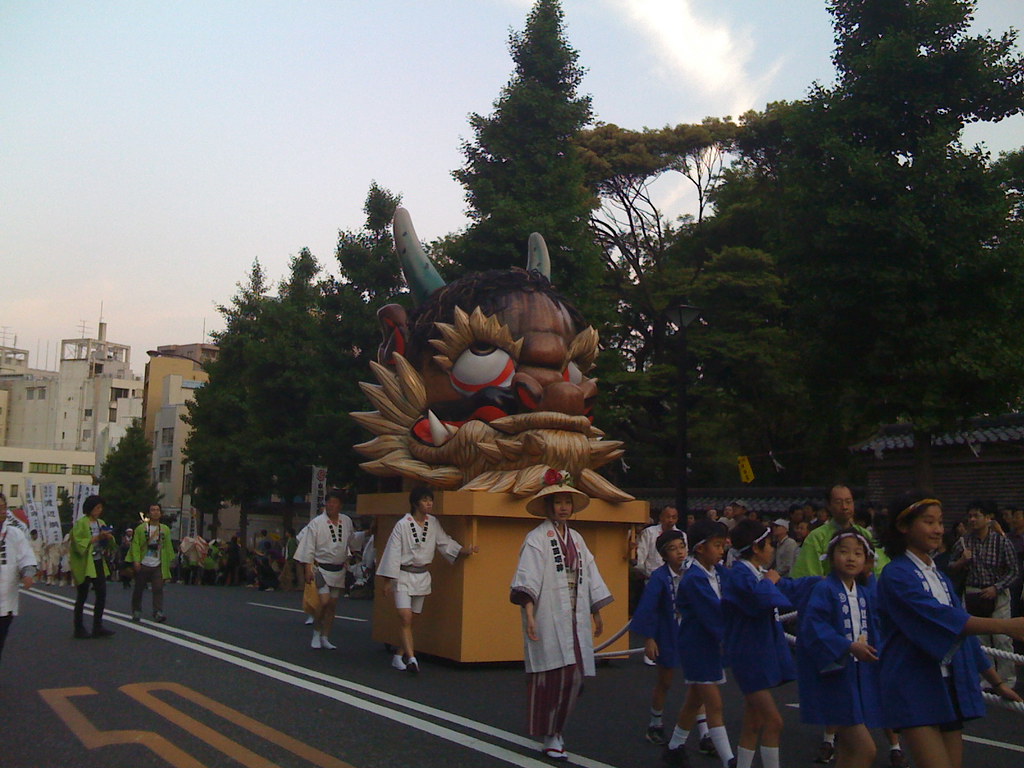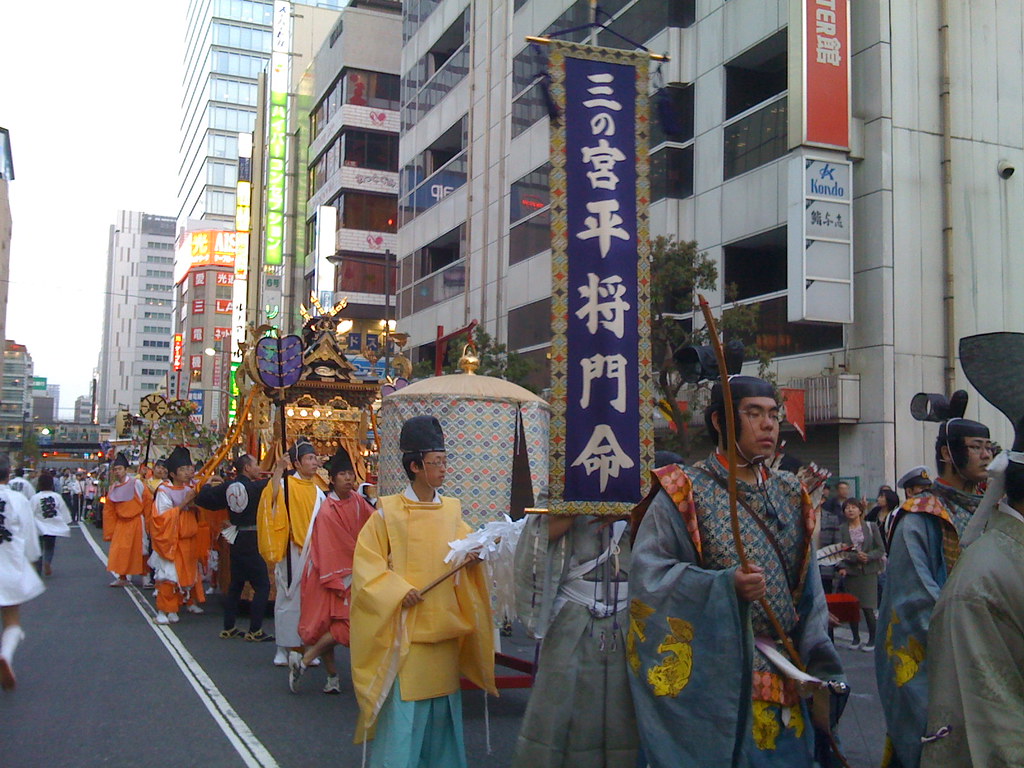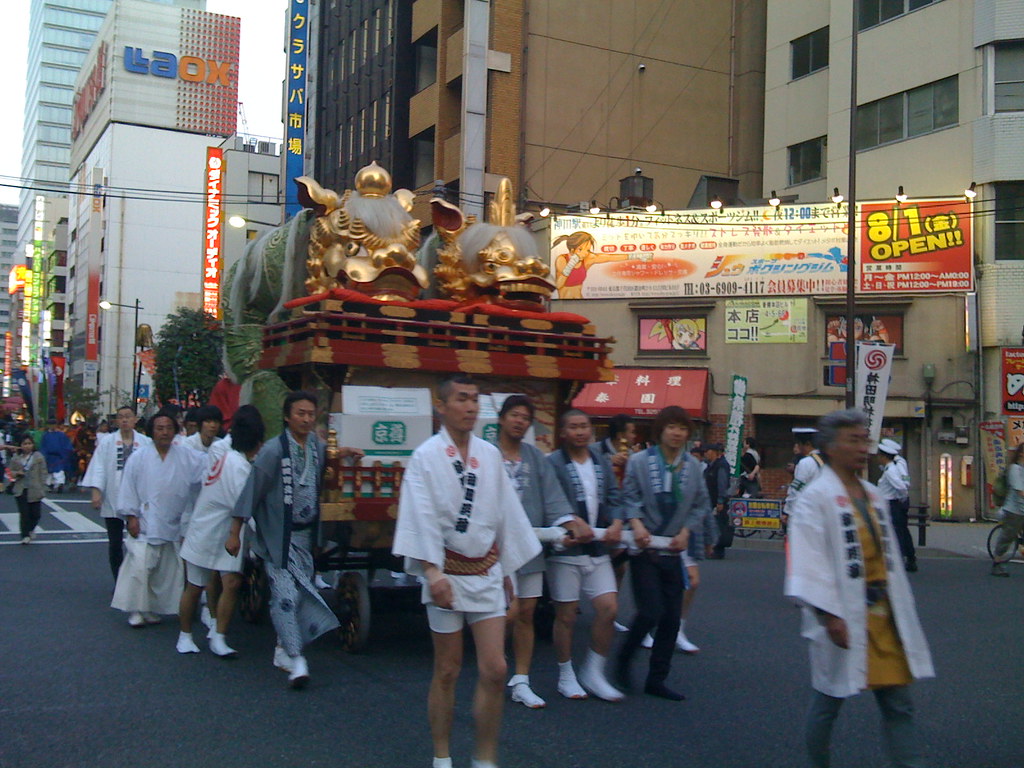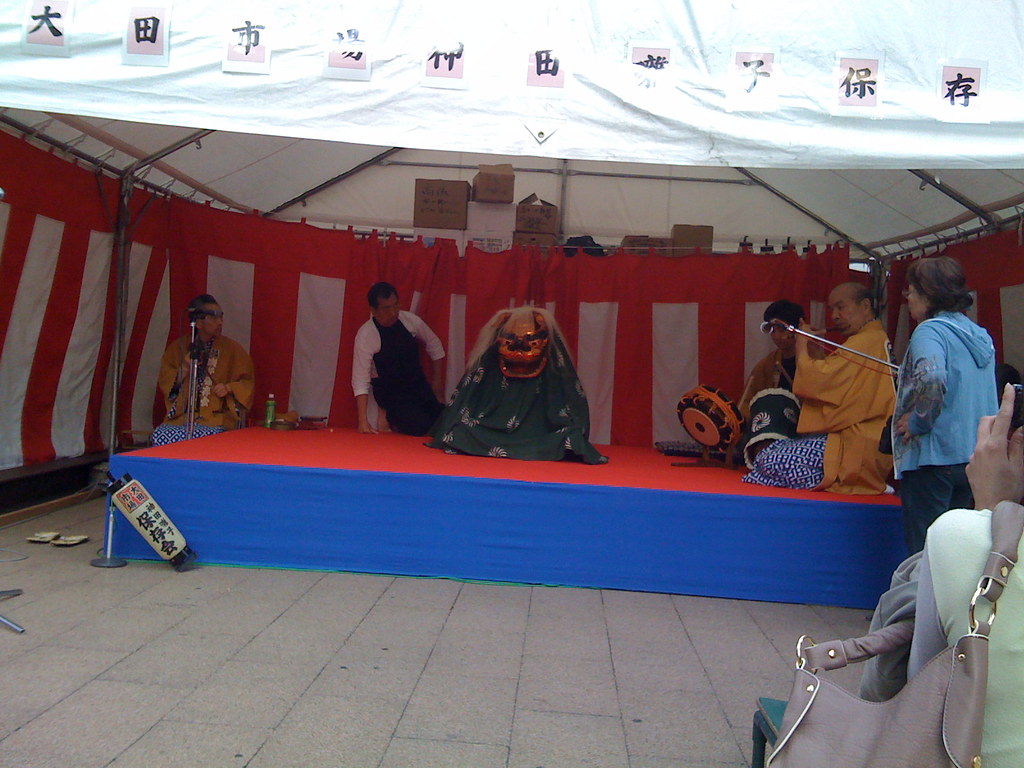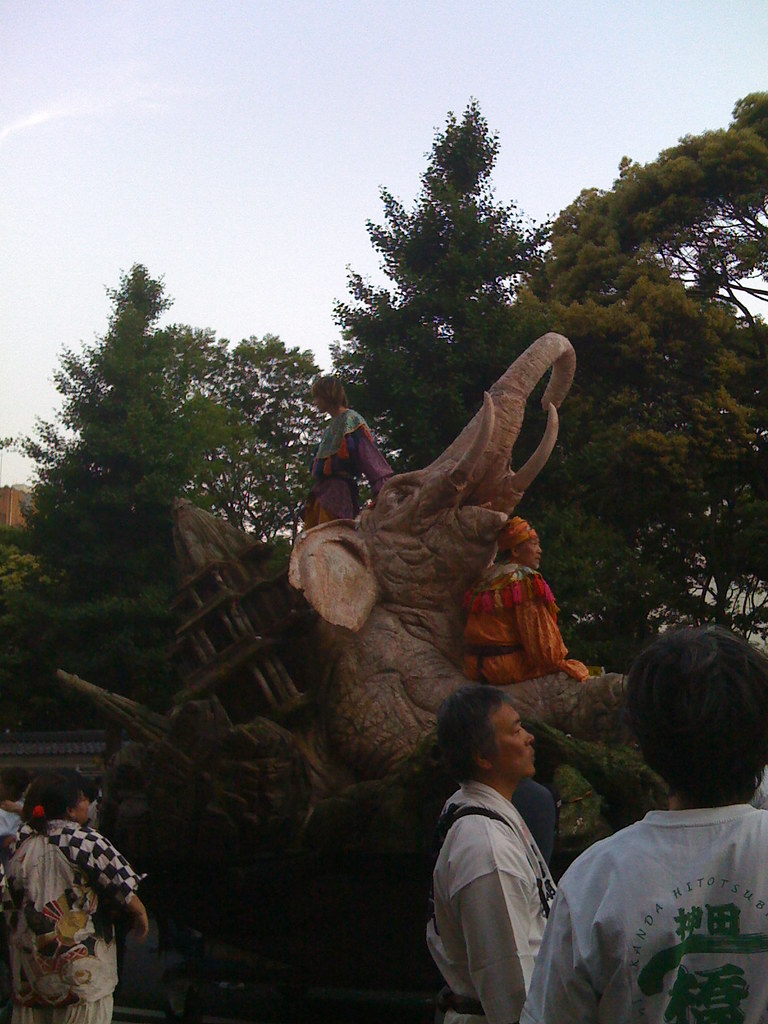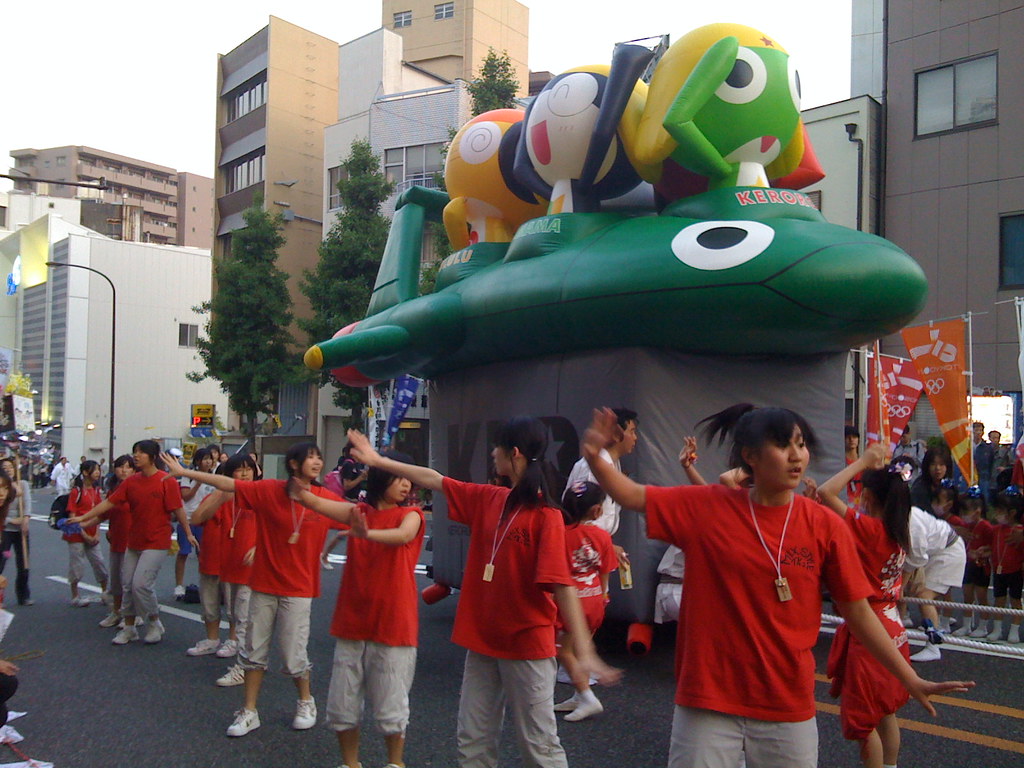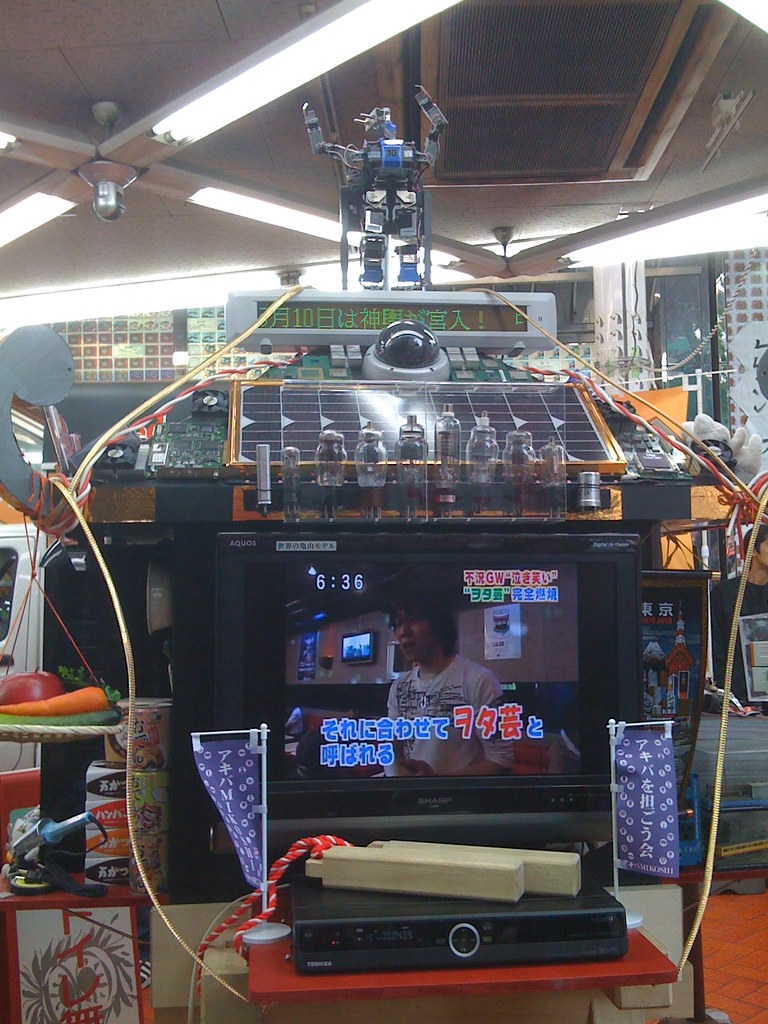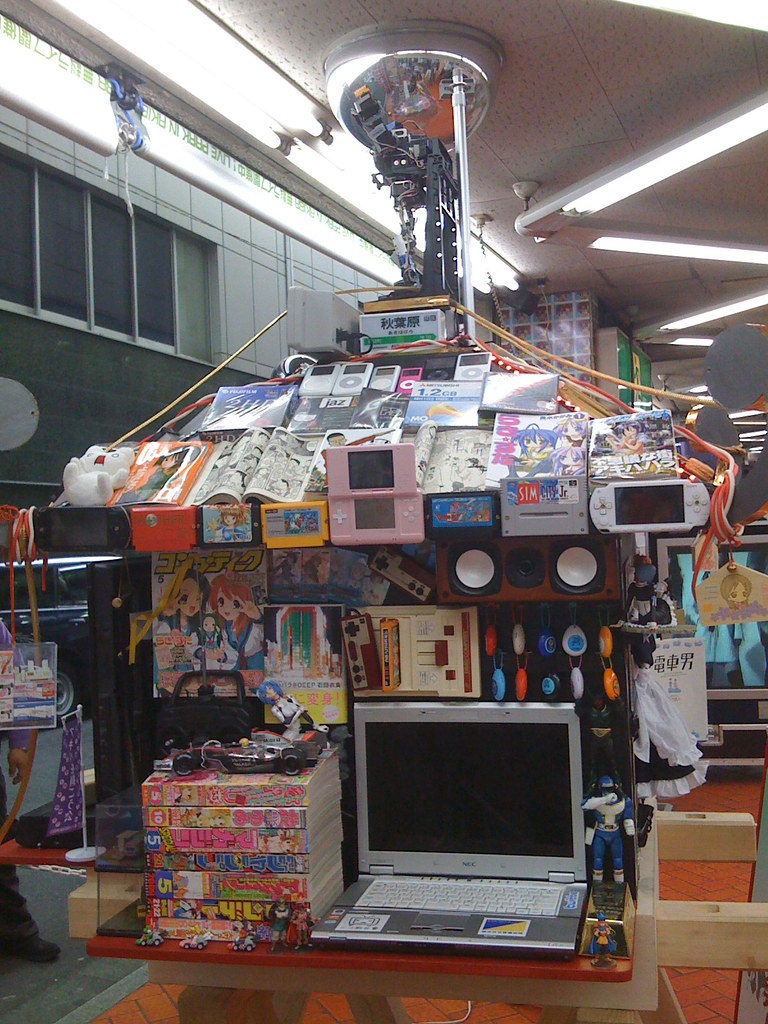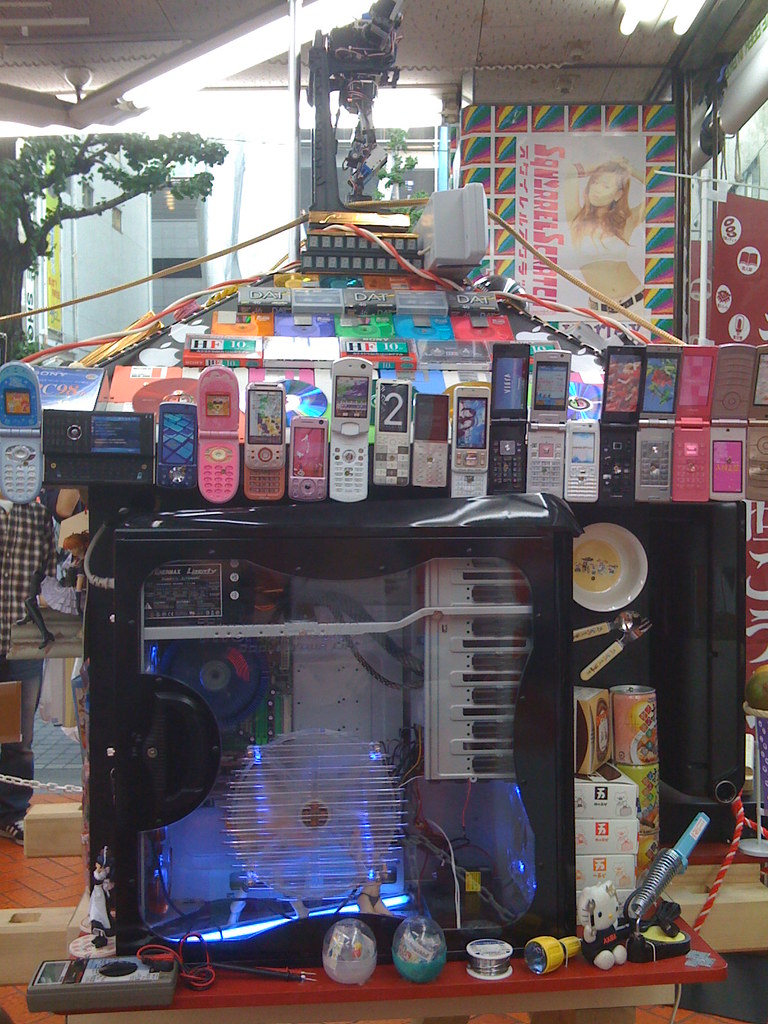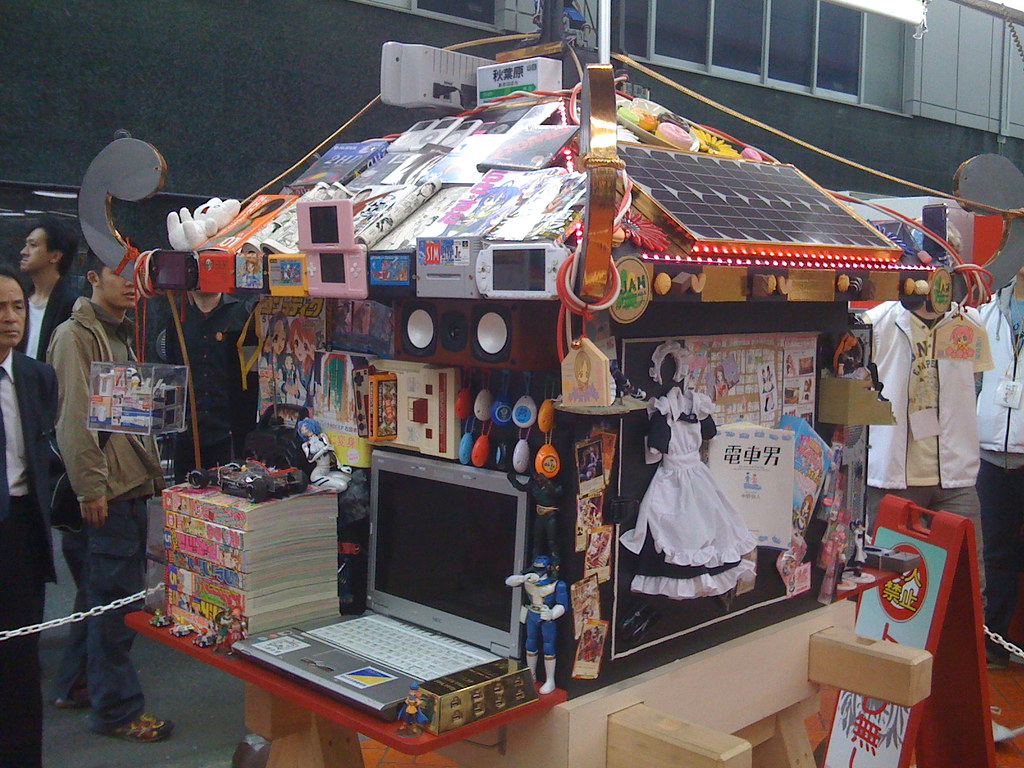
The first BarCamp in Tokyo[ja] was back in February 2007, so it has been a long time...!
There were 92 participants, there were 3 separate rooms and each session was 15 minutes, and the sessions went on from 10:30 in the morning to 21:00 at night so everyone had plenty occasions to hold sessions- some even made 3 sessions. Some were speeches, some just wrote topics they were interested in, and made the session into a discussion period among the participants.
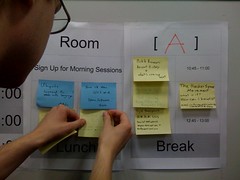
I really loved the variety of people and contents we had at this barcamp.
This is a session by Mitch Altman who happened to be visiting Japan this week, and he talked about the Hacker Space all around the world.

It was interesting watching people's behavior after the session.
Apparently, while listening to his session, many people thought we should have a hacker space here in Tokyo too, and so what happened was that:
-Saturday morning during the session, one of the audience went on and got the domain tokyohackerspace.com
-Saturday afternoon, another from the audience planned a session to plan creating a hacker space in Tokyo.
-Saturday night, Tokyohackerspace.com was made into a wiki.
-Sunday (I think?) tokyohackerspaces.com was registered to the worldwide list of hacker spaces at
hacerspaces.org (although the space doesn't exist yet!)
-Monday a visit to the existing hacker space in Tokyo was planned
-Tuesday is the actual visit.
This is a shot from "Africa and the web" session where I was able to learn a lot about African websites.

This is a new and very important website "Barrier Free Map"

This is a shot from "Japanese sake" session (we weren't able to drink sake...haha)
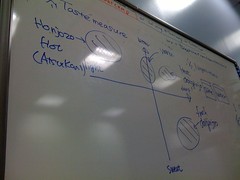
"Building Communities Using Photography" session.
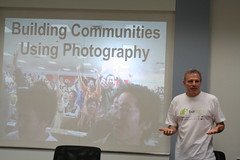
There were sessions about US Airforce Research Lab, physical computing such as Chumby Hacking session and Arduino session, blogs, social media, lifelogging, Open Solaris session etc... the variety of the sessions were so broad and interesting.
The venue was wonderful- we were able to use the beautiful office of Sun Microsystems (thank you SUN, and making this happen- Jim and Shoji!)
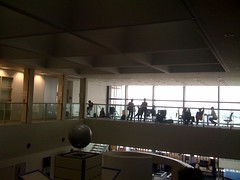
And you can see folks relaxing on the floor- BarCamp style :D
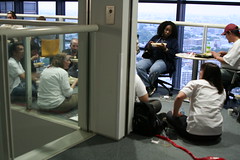
Personally, I was not planning to do speeches as my PC was broken, but my friend Nob offered he would let me use his PC for the presentation, so I did a presentation on Japanese geek culture (the one I did at ETech) . (Thank you Nob!!)
BTW, the title that I was given for ETech was "Japanese Tech Culture: Demystifying 'Weird' Japanese Toys and Tools", but to me, this is not weird but it's rather "interesting" so I changed the title to "Japanese Interesting Geek Culture" for the session :)
This is my slides:
Etech09:Japanese Tech Culture - Demystifying the Japanese weird toys and tools-
View more presentations from Fumi Yamazaki.
Videos I showed in the presentations can be seen here:
Hatsune Miku "Melt"
-user generated music(full version)
3D Miku video
-user generated 3D anime video(full version)
MikuMiku Dance
-user generated 3D animation rendering software and model(full version)
Excel animation
-user generated animation video using Excel spreadsheet(full version)
Innocence
-user generated animation video that shows imaginary musical instrument(full version)
AR Innocence
-user generated Augmented Reality musical instrument(full version)
AR UmaUma
-user generated AR dance video(full version)
ARis
-AR figure which is a commercial product(full version)
DENPA
-a video of a cosplay/music/dance event
Here is the video of my presentation:
Weird Japanese Toys & Tools from YIS IT Department on Vimeo.
Then, I went to watch the Entrepreneurship session organized by Kristopher which he invited Nob and me to be on the panel so that became my second session. -I guess this is BarCamp style as well :P

Many thanks to Matthew and all the organizers and volunteers at the event, Sun Microsystems for letting us use their office, all of the sponsors including the food sponsors for all the delicious meals, and all the participants. It was absolutely a fabulous day!

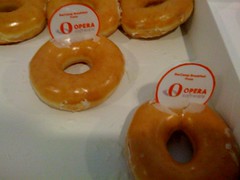
Last but not least:
This was the best PC I found at TokyoBarCamp :)
